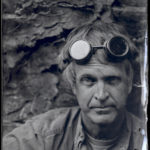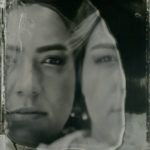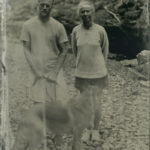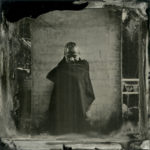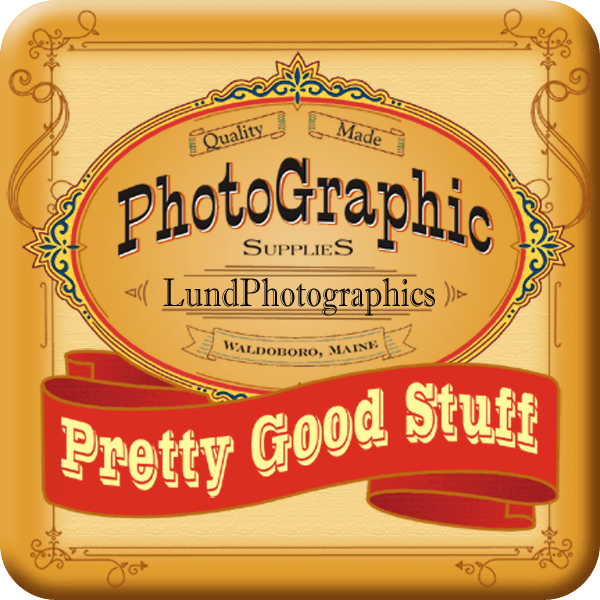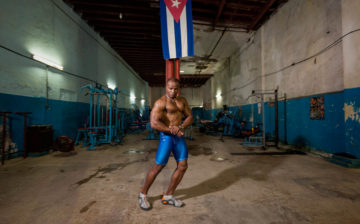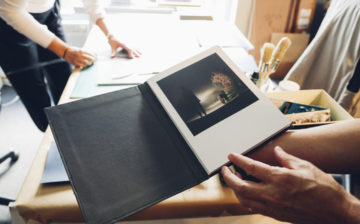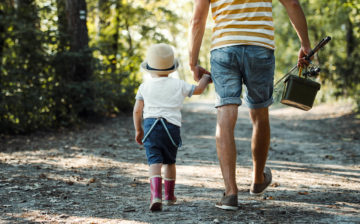Workshops
Master the wet plate collodion process, learning to turn your photographs into timeless works of art in this hands-on and creative workshop led by Jill Enfield.
There are no available registration dates at this time.
The collodion process, invented around 1850, was the first widely used photographic process that produced a negative image on a transparent photographic medium. Other methods of the time, such as the Daguerreotype, produced a one-of-a-kind positive image, which could not be replicated easily. With the collodion process, however, the photographer could make an unlimited number of prints from a single negative. In addition to the convenience of creating negatives, the collodion process had numerous other advantages. It was an inexpensive process, especially in comparison with the daguerreotype.
The process starts in the darkroom by pouring photosensitive chemicals on a prepared glass plate, this plate is then inserted into the back of the camera body where the film normally goes. The camera is then taken out of the darkroom and students have approximately 10 minutes to make their picture before needing to develop. Students work with both glass plates and aluminum. The latter produces positives. Jill will also show how to use a transparency to create a wet plate contact image (this can be done from a digital file, and thus avoids the fieldwork of the typical wet plate collodion process).
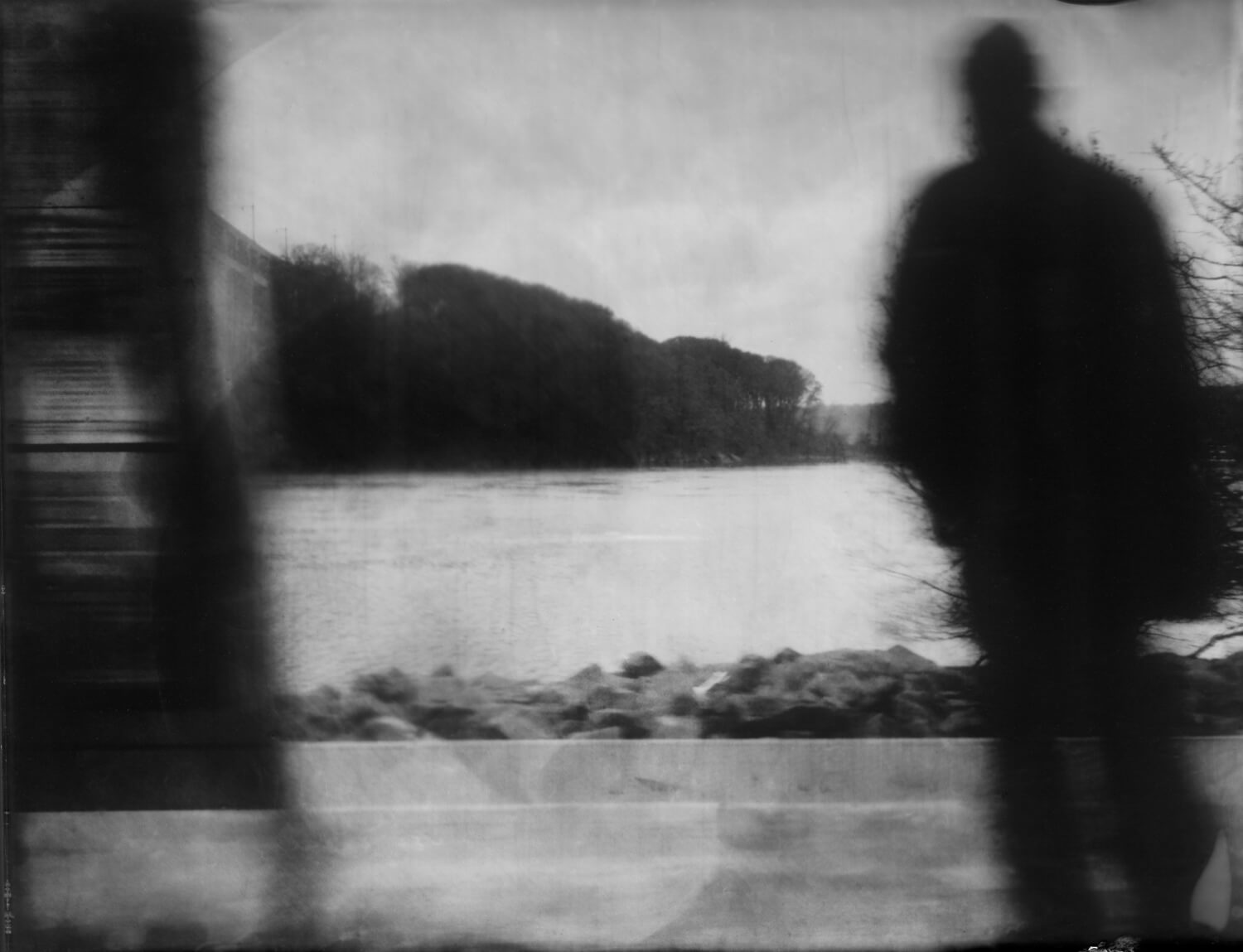
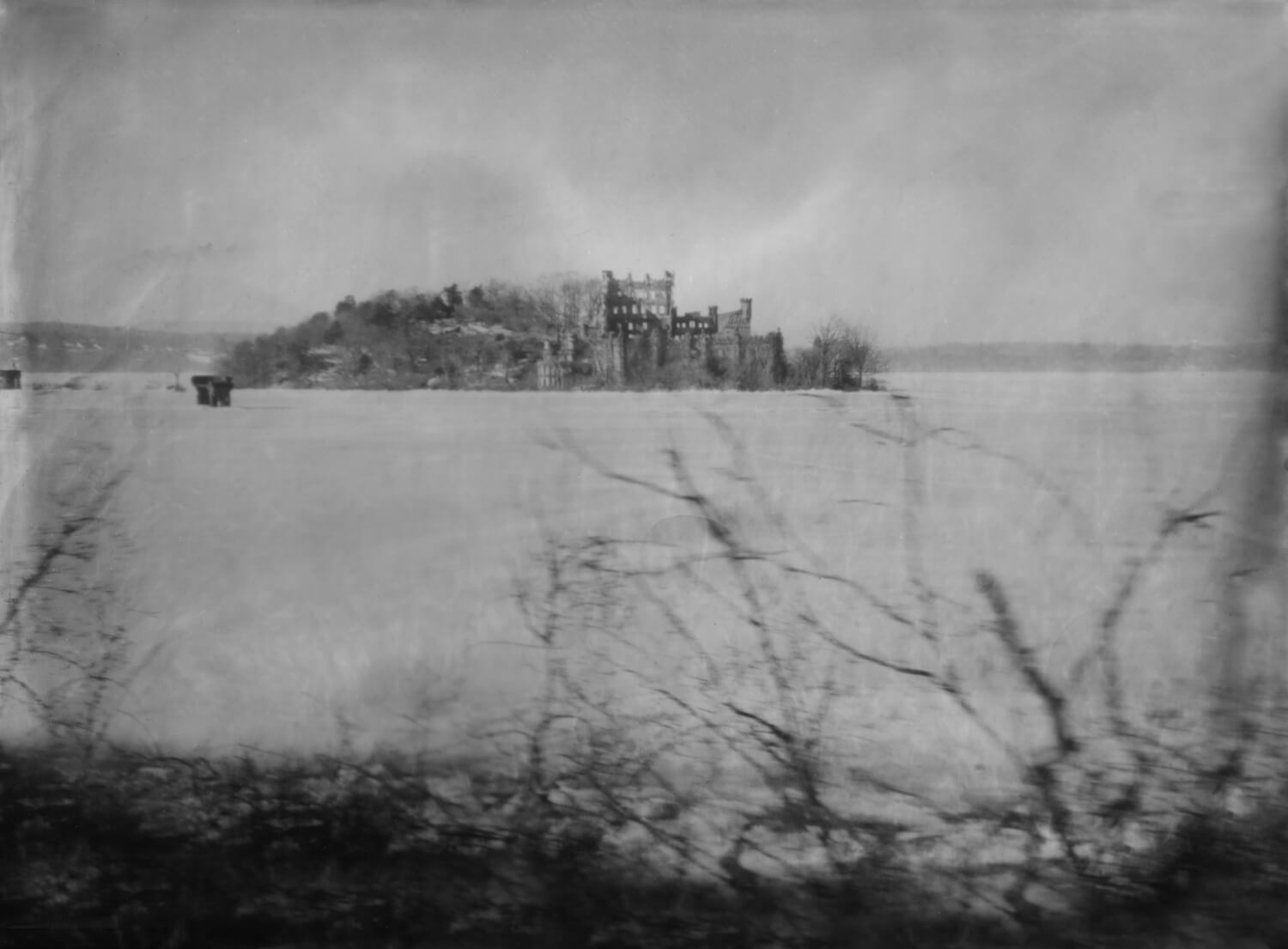
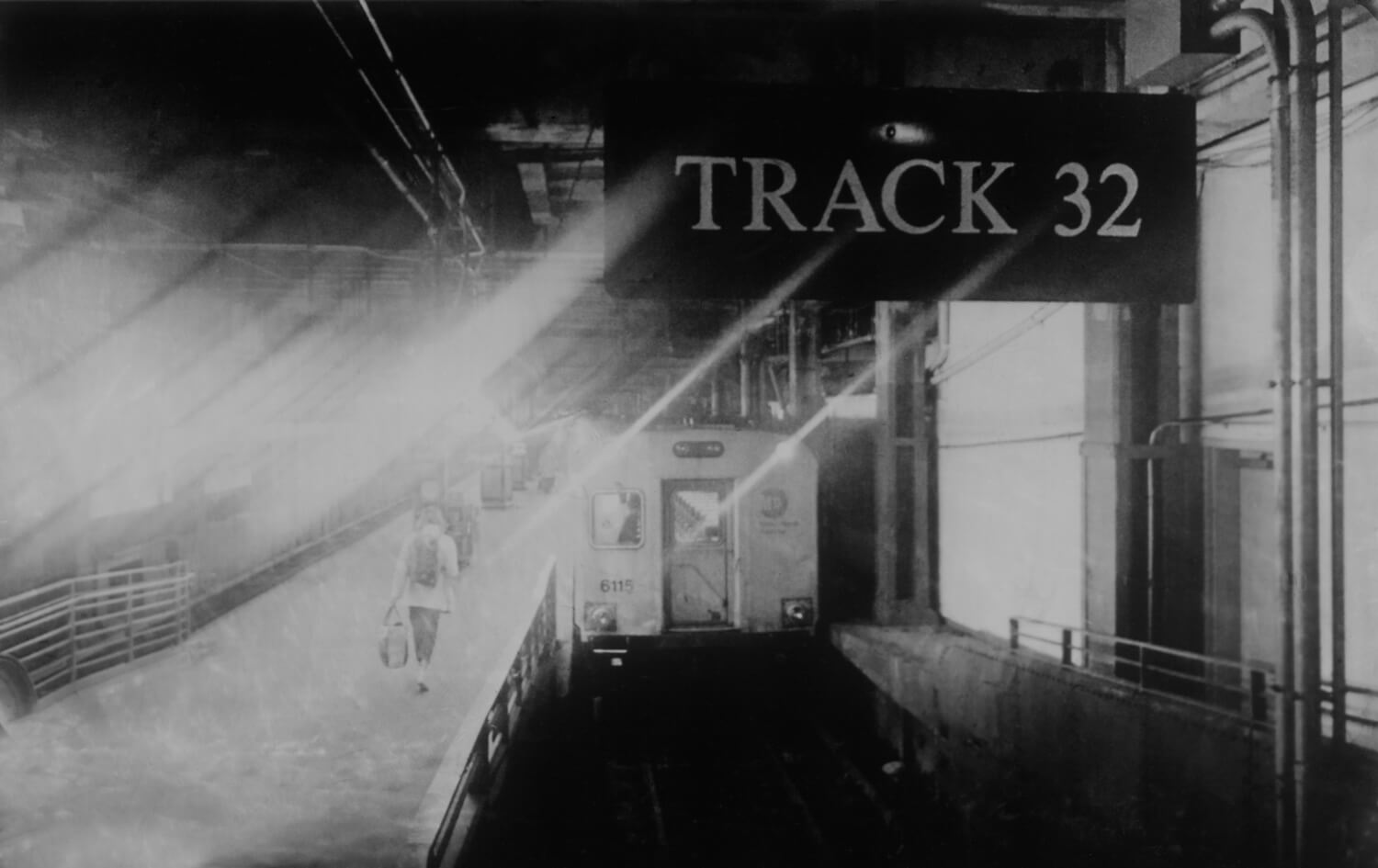
The workshop will cover the entire process from cutting and preparing glass & aluminum, mixing and handling chemicals, safety procedures, making portable darkrooms, assessment of exposure time, evaluation of results, and all that goes into mastering wet plate collodion.
Students may want to bring along their own 4×5 field camera. If interested, we recommend this true 4×5 wet plate back from Niles Lund of Lund Photographics.
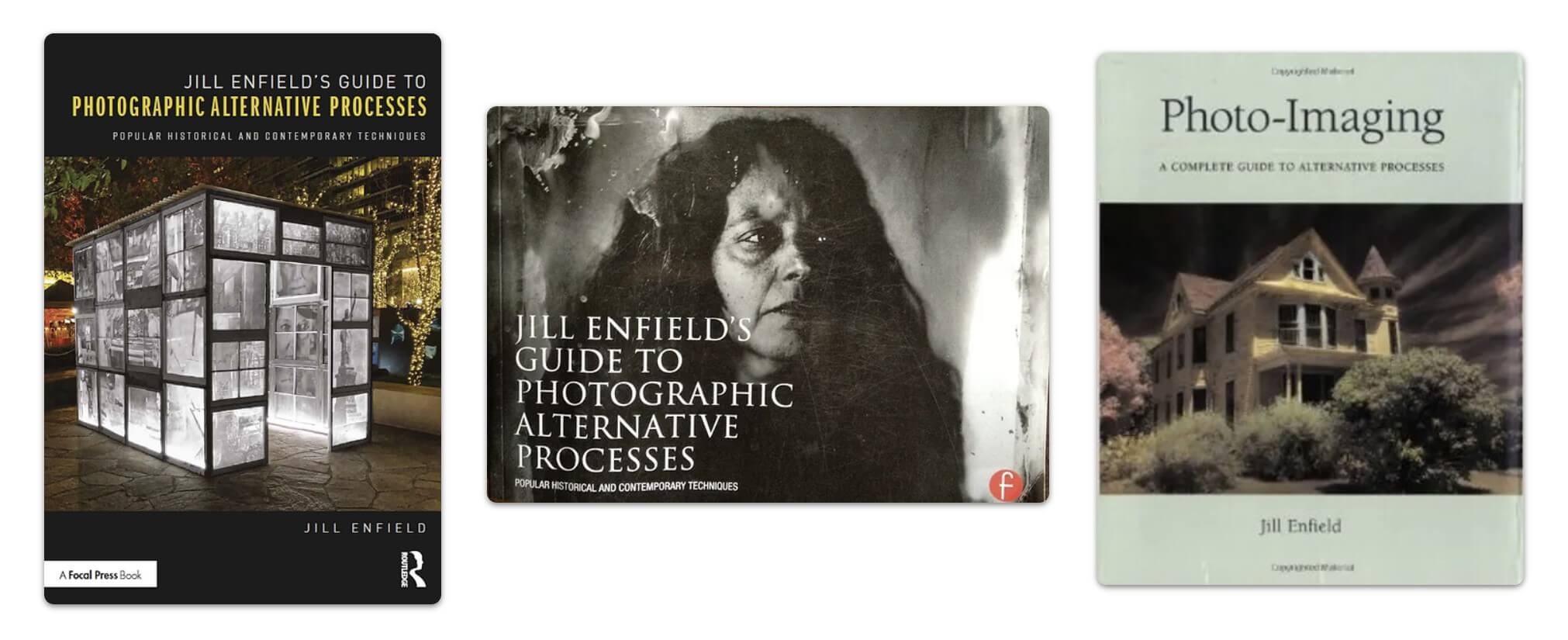
Watch Jill Enfield making a wet plate collodion ambrotype in an NYC park using a portable darkroom:
All images copyright Jill Enfield.
Past student work
Left to right: John Faison, Lori Pond, Julia Thomas, Cindy Beams.
This Workshop is Sponsored by:
LundPhotographics is a leading producer and designer of high quality, hand crafted photographic gear made specifically for the wet plate collodion photographer. Built by collodion photographers for collodion photographers, our innovative, original designs make the process of wet plate photography easy, reliable, and efficient, allowing you to focus your attention on creating spectacular photographs. Visit LundPhotographics.com to learn more.
Niles Lund will be present for a portion of this workshop. He will assist with wet plate equipment needs and questions and is an excellent practitioner of the process.
Share This
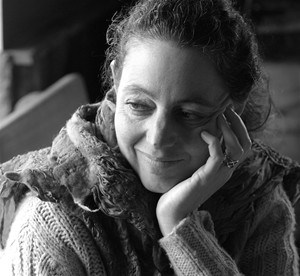
Instructor: Jill Enfield
Jill Enfield is a fine art photographer, educator, curator and author and has been teaching photography for many years with a concentration on historical techniques and alternative processes. Her two books: Photo Imaging: A Complete Guide To Alternative Processes published by Amphoto, and, Jill Enfield’s Guide to Alternative Processes: Popular Historical and Contemporary Techniques published by Focal Press, are both award winning books and used in schools all over the world. Jill is working on her third book, which has a 2018 publication date by Focal Press - Routledge. Like the others, it will include step-by-step instructions on a variety of techniques including: wet plate collodion, dry plate modern tintypes, platinum and palladium printing, cyanotypes, liquid emulsion, albumen printing, hand painting and more.


